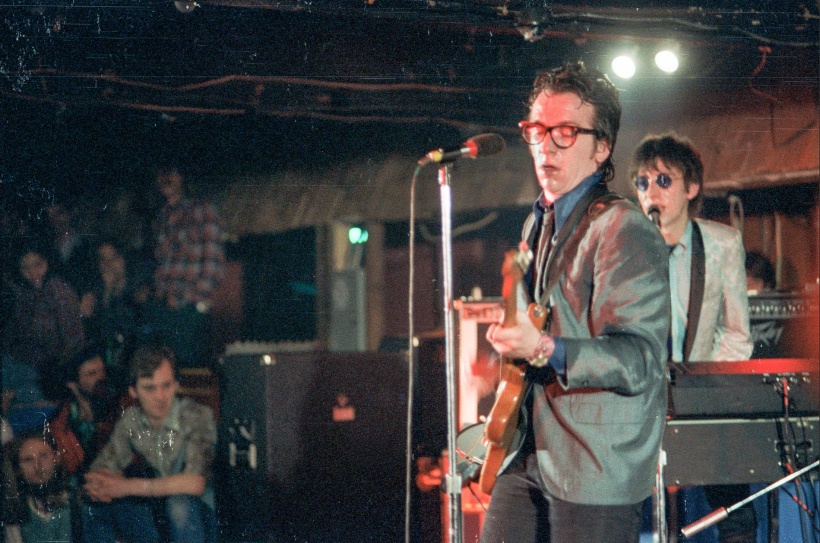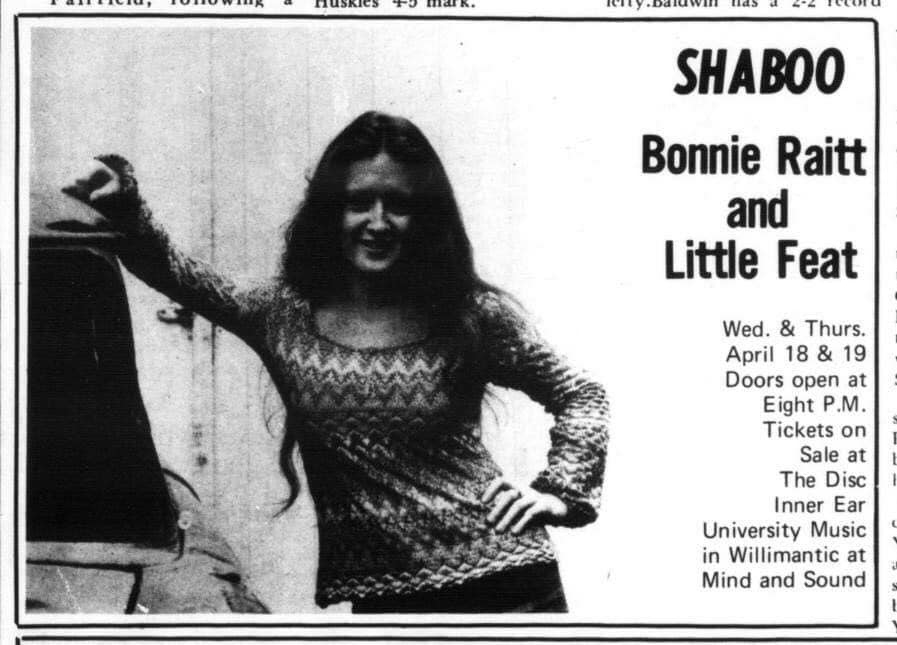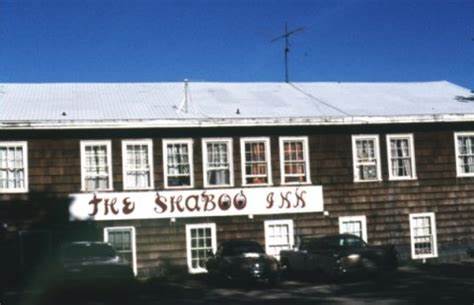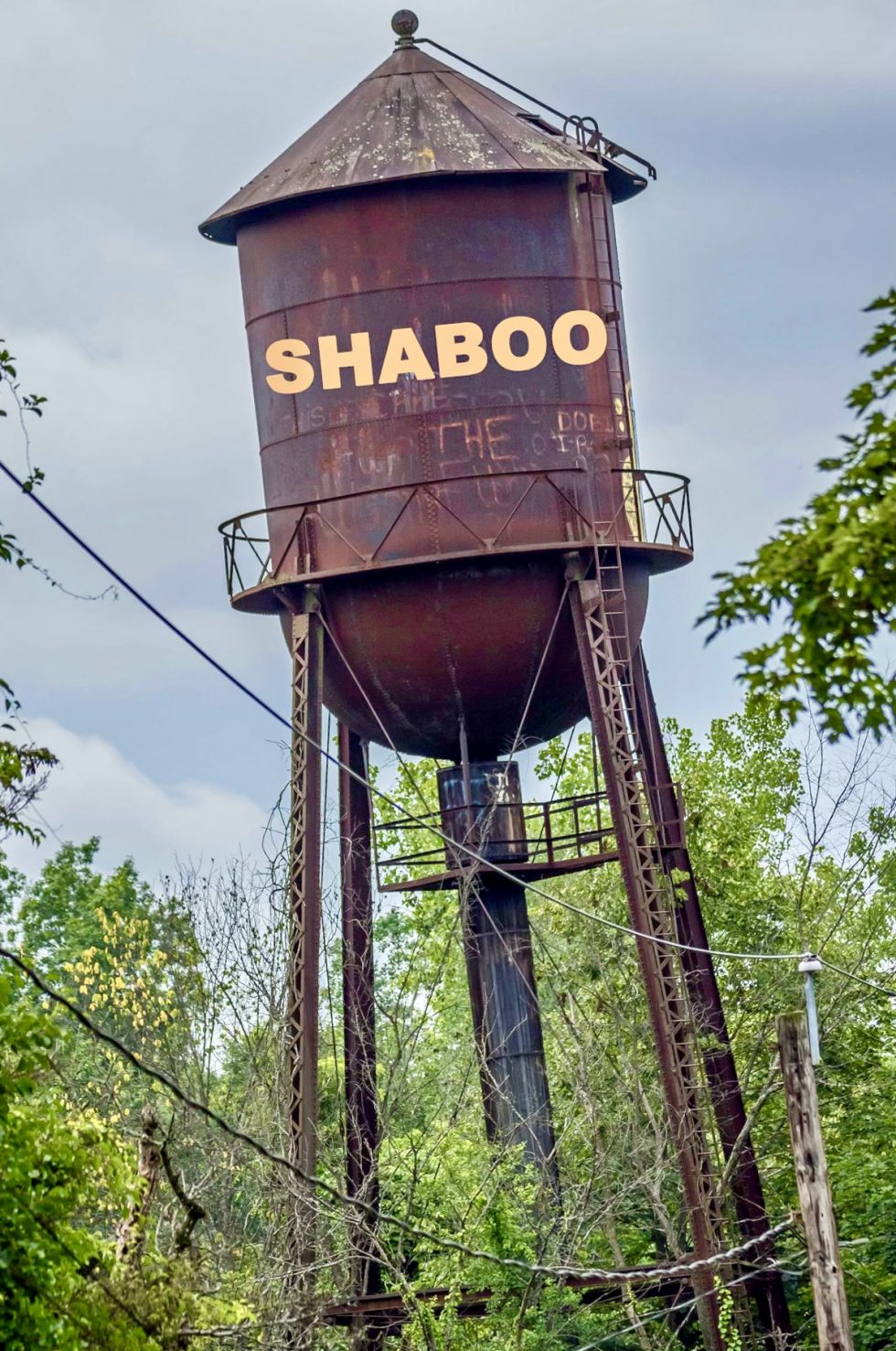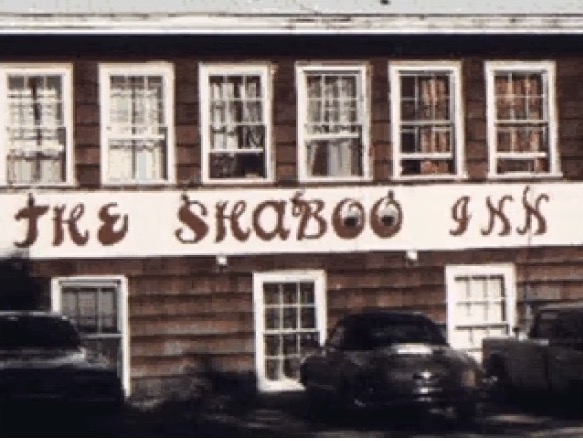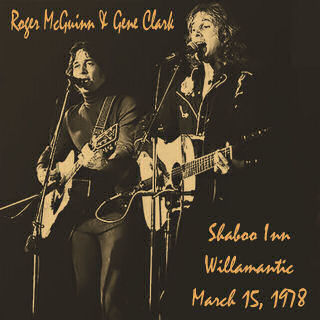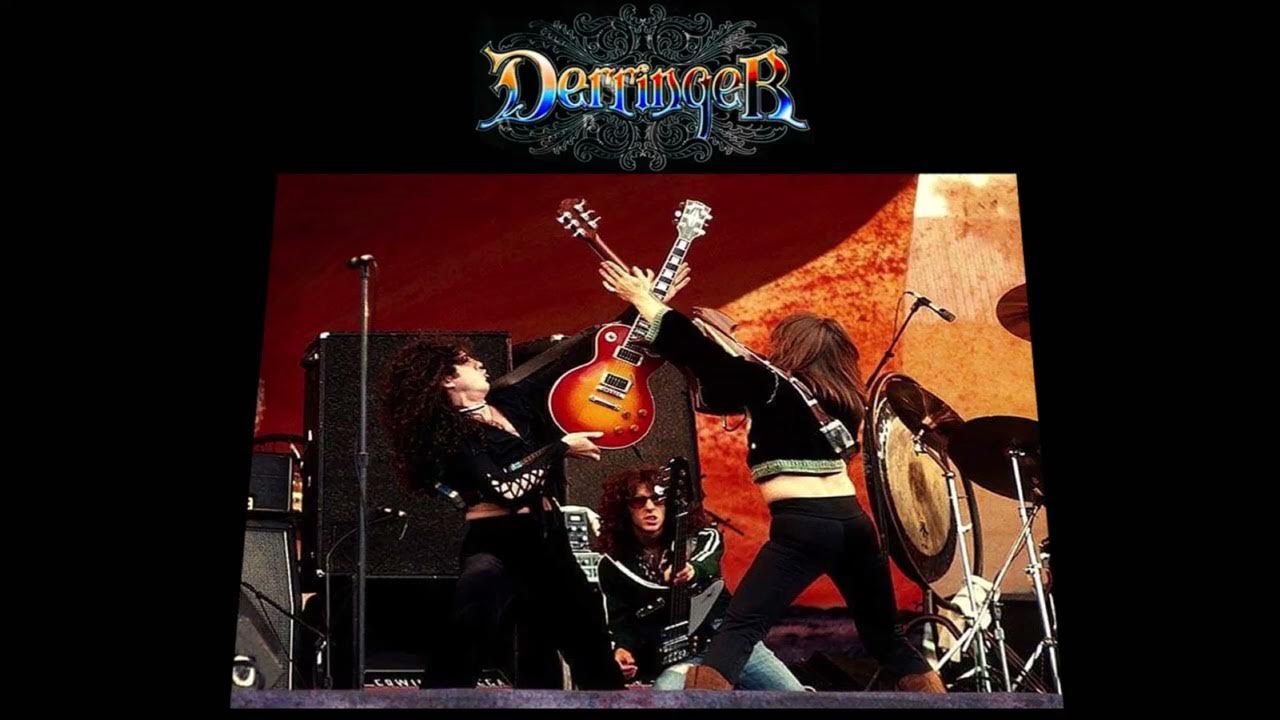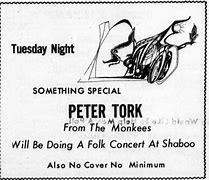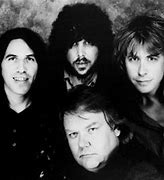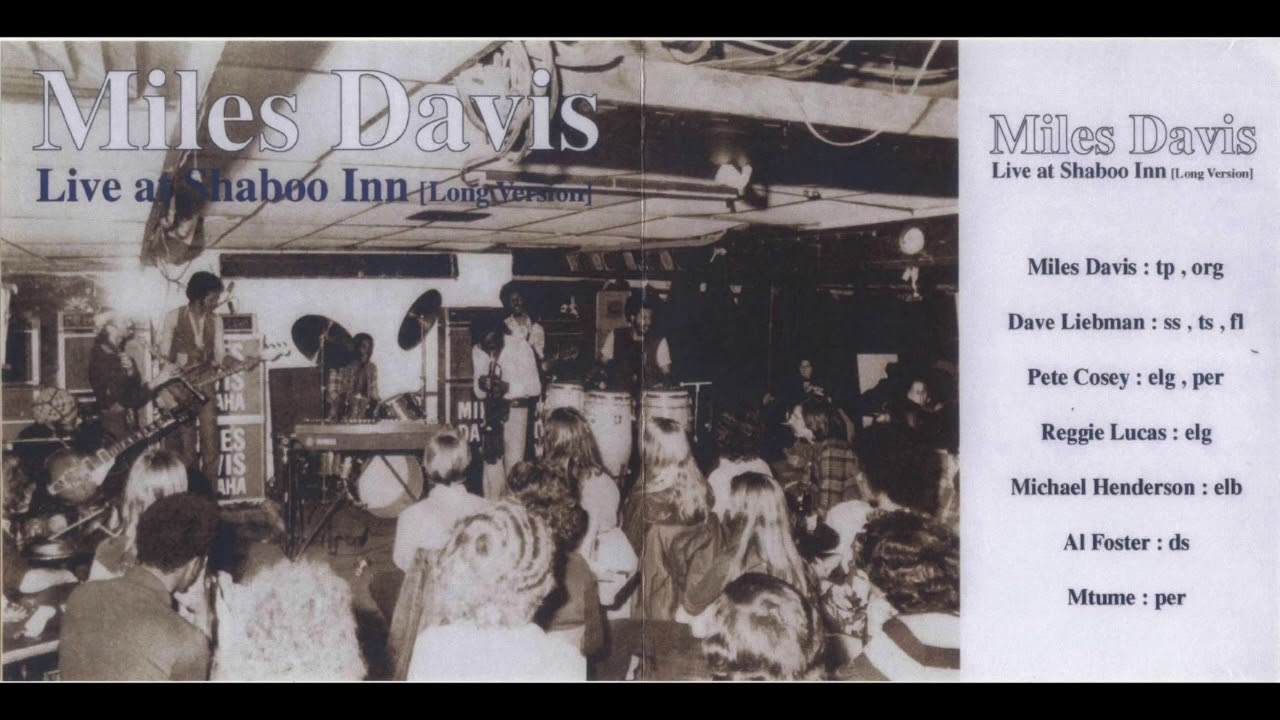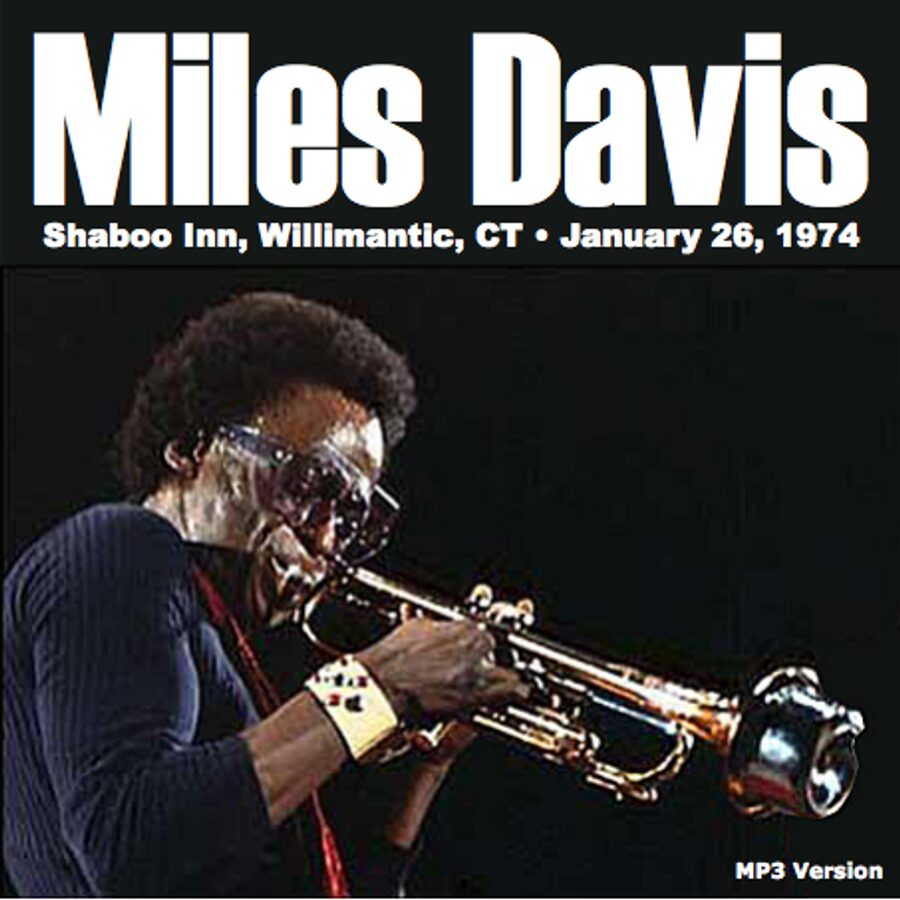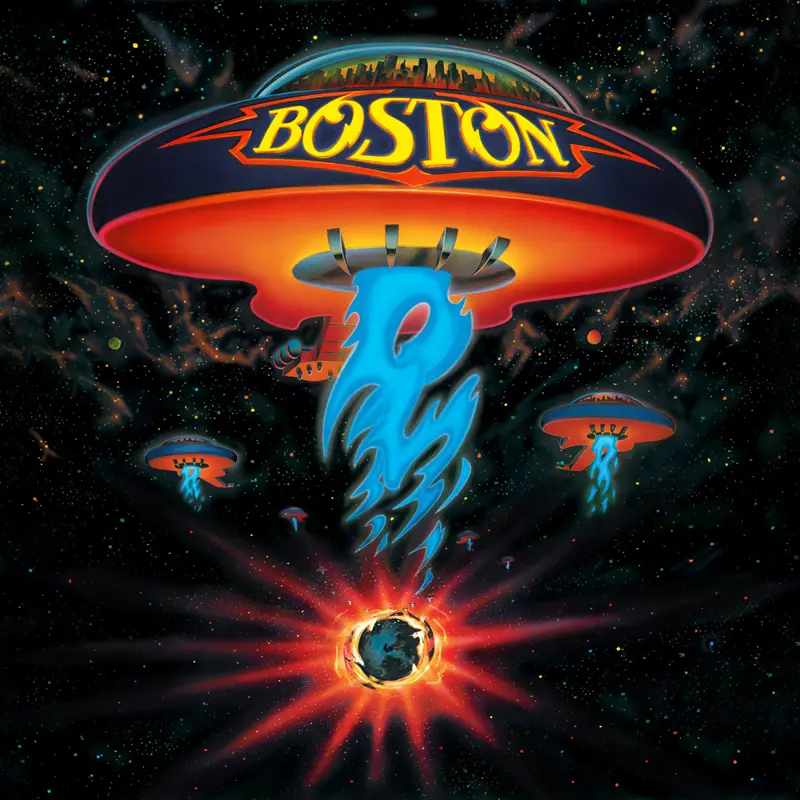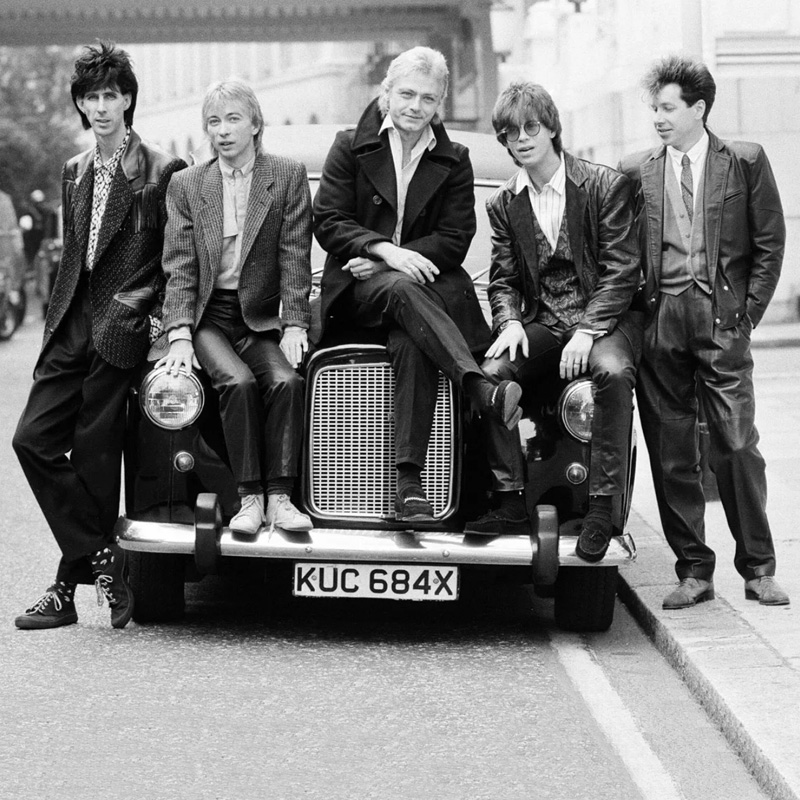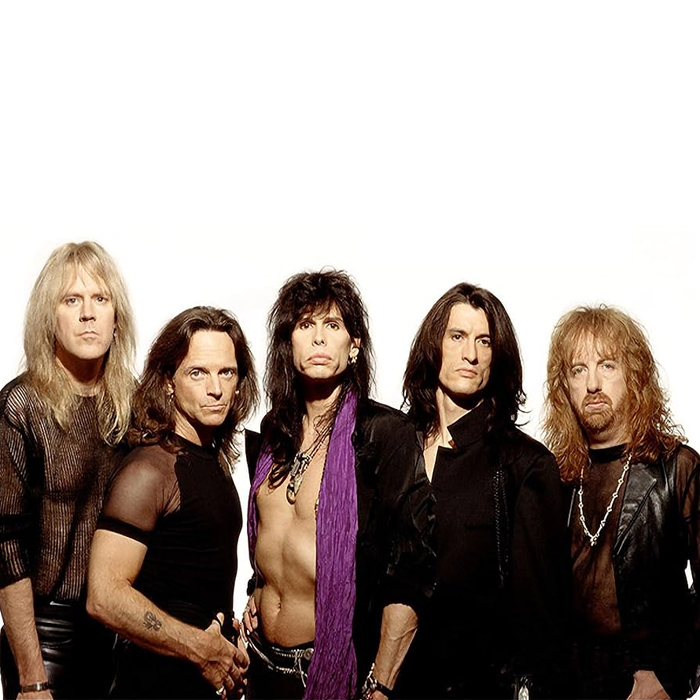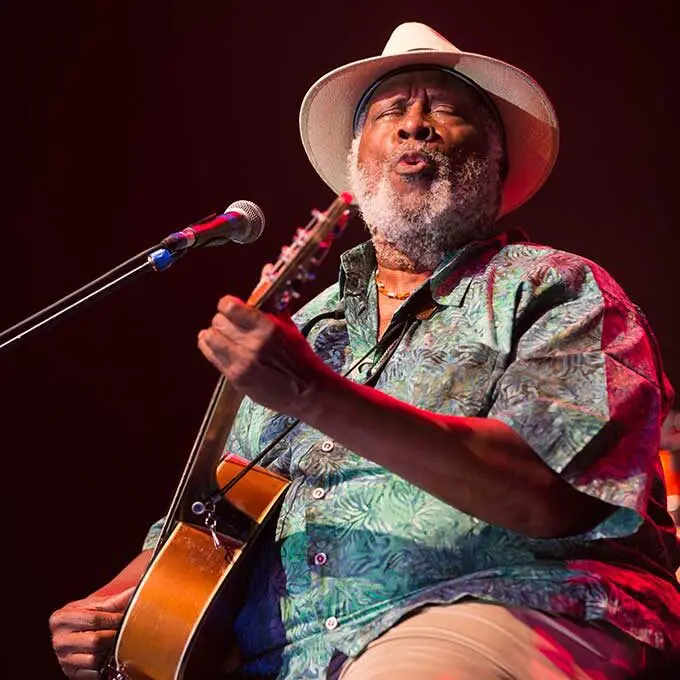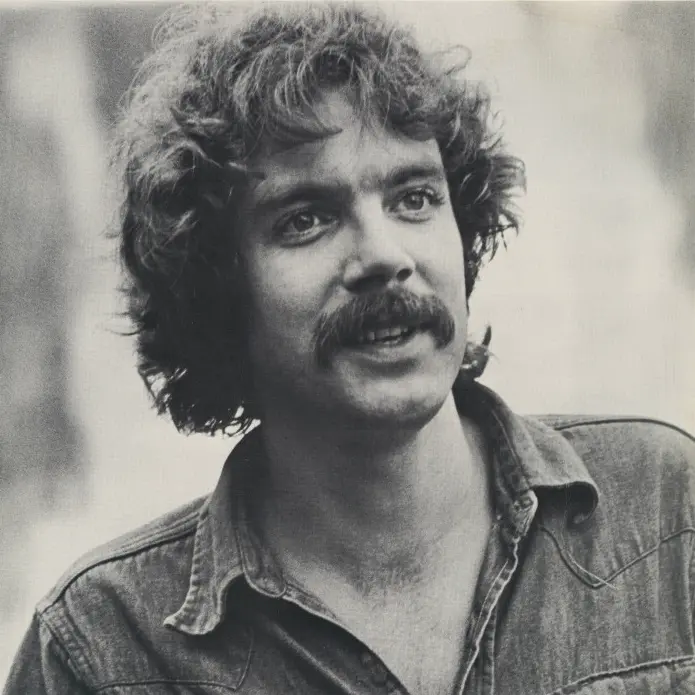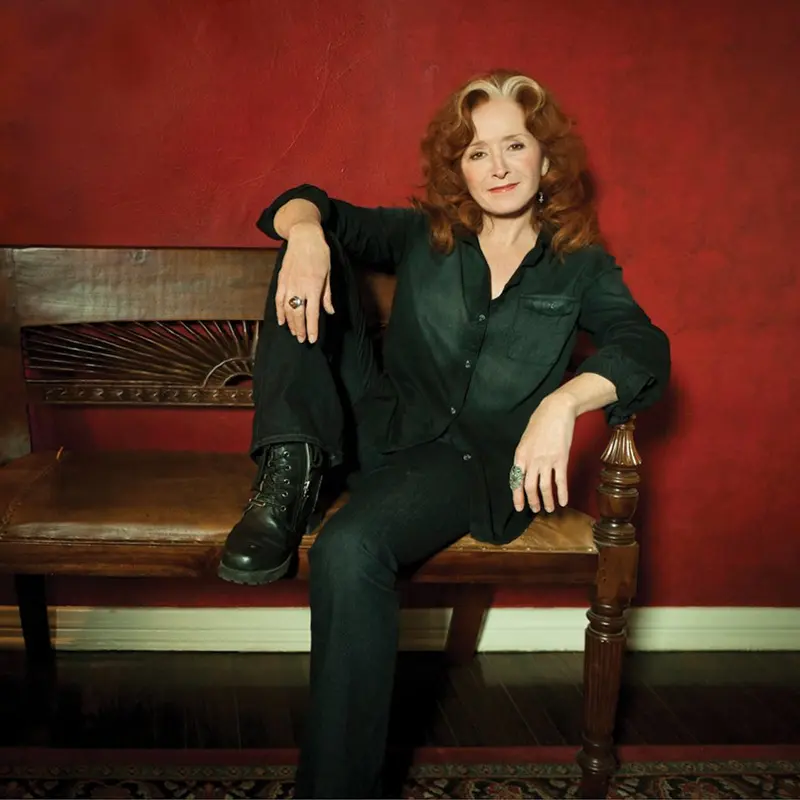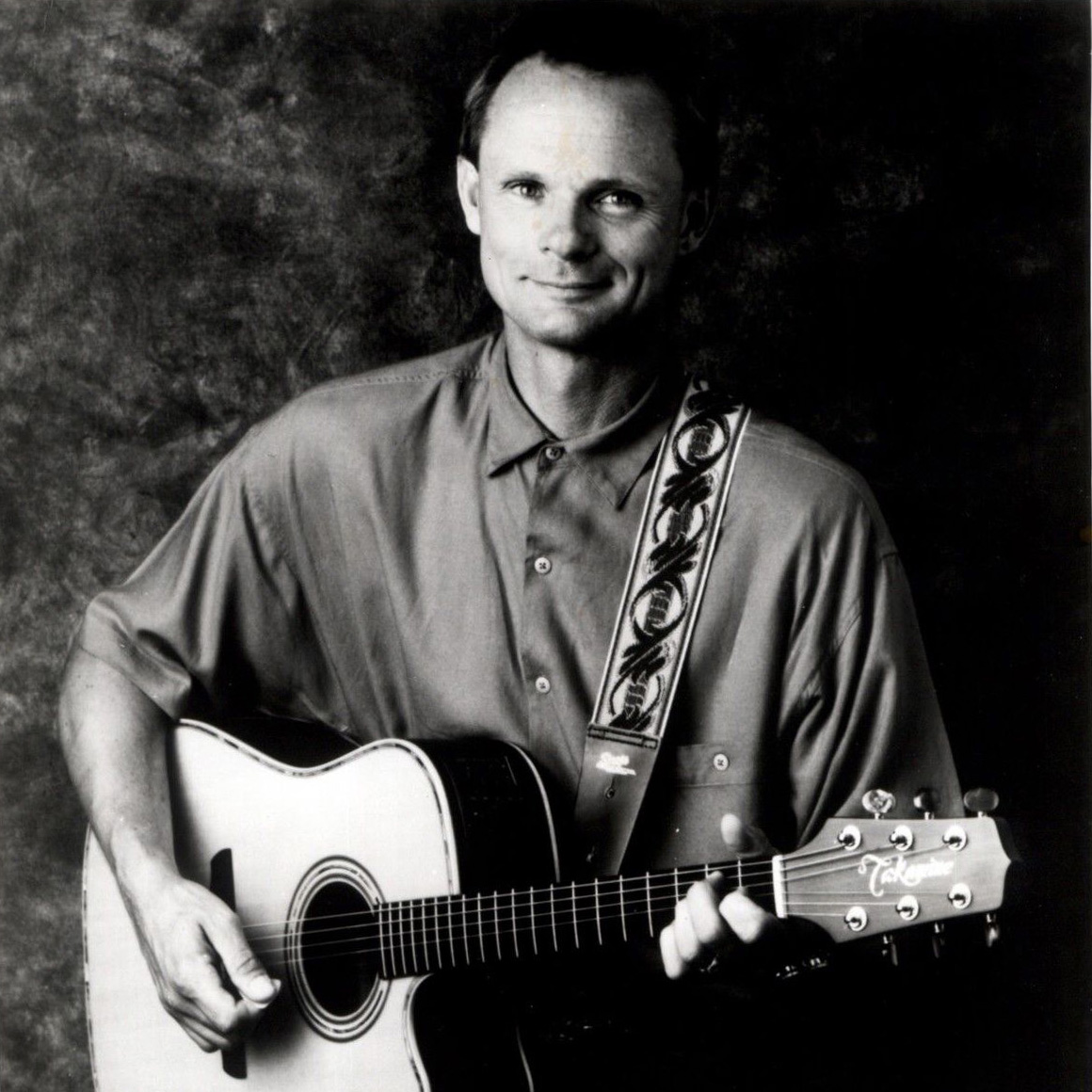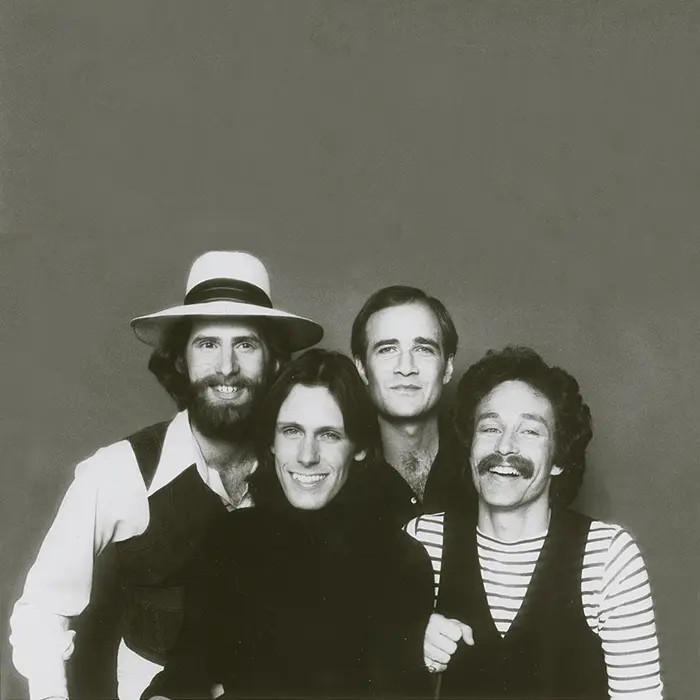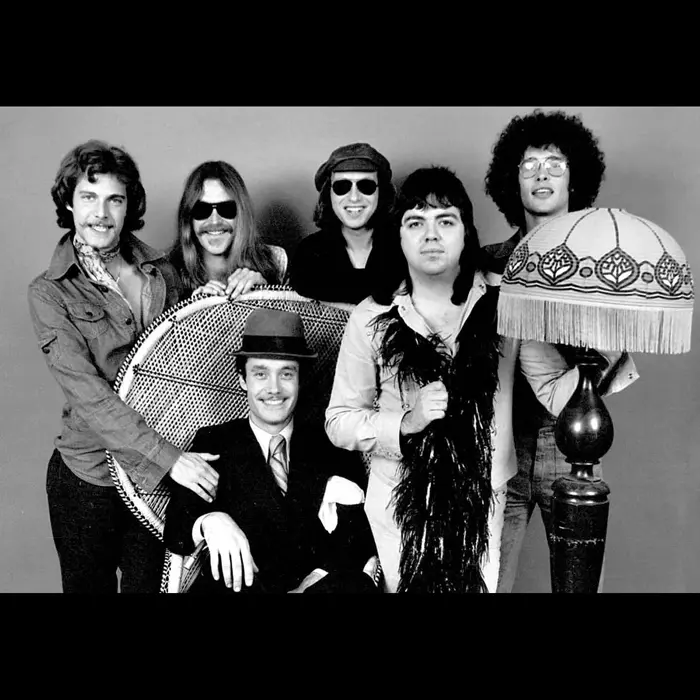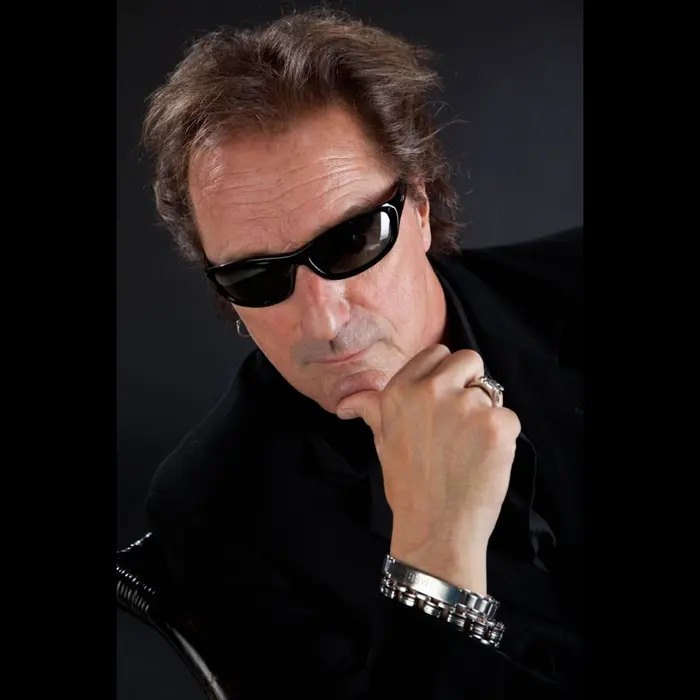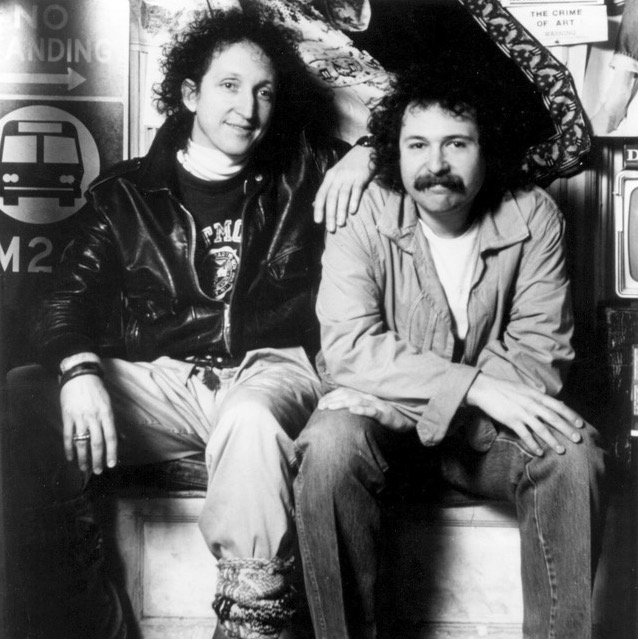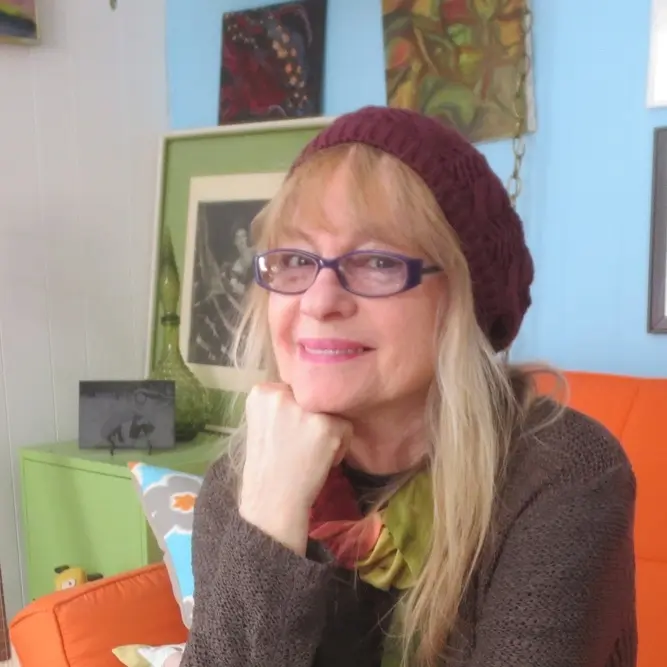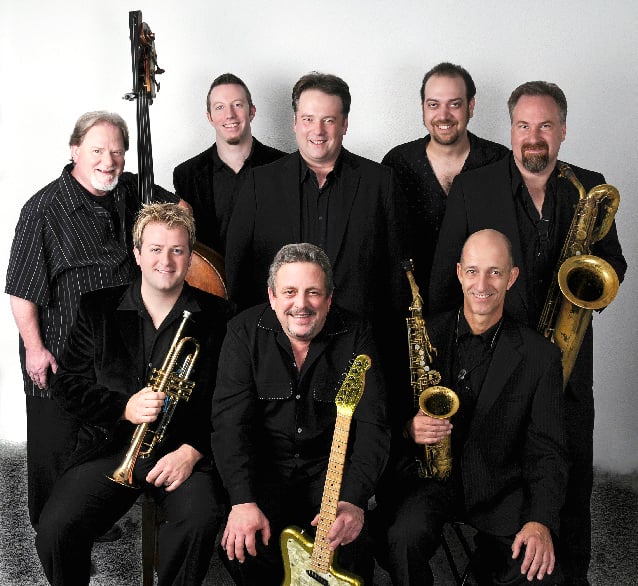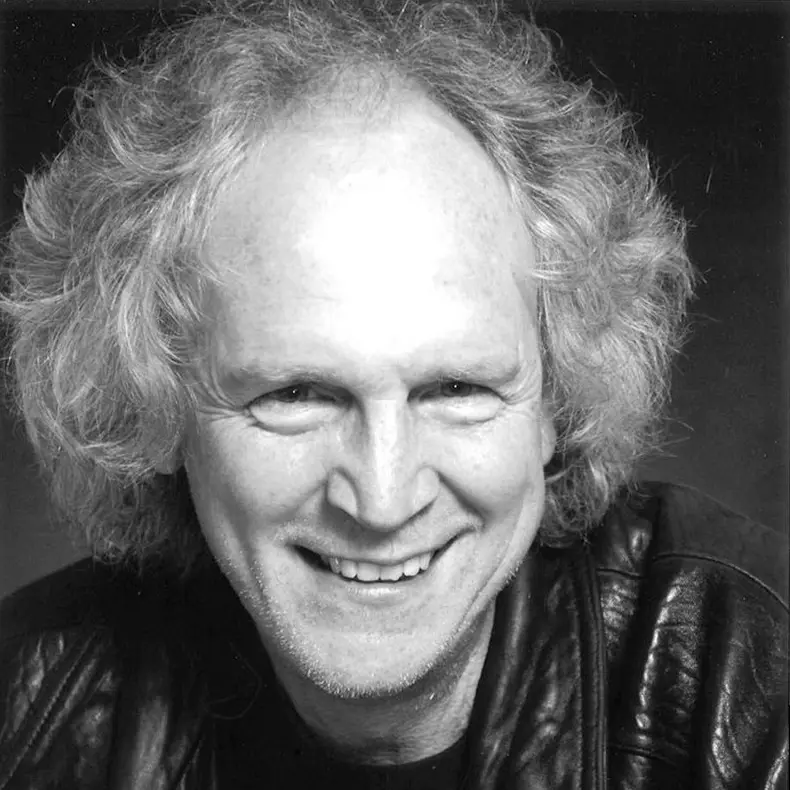The Shaboo Inn
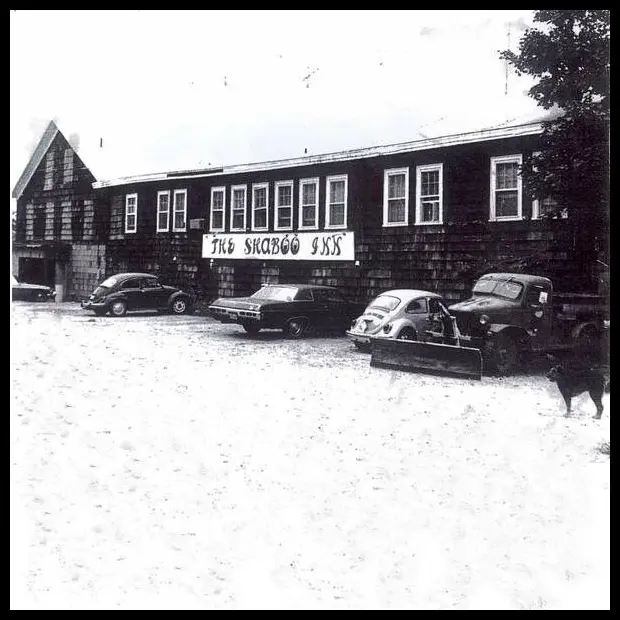
Picture a 15×30-foot stage just one foot off the ground in a teensy town in northeast Connecticut. With that image in mind, you’re probably thinking of middle school bands and amateur rock groups playing to audiences of less than 20. Think again.
Those were the dimensions of the stage at the Shaboo Inn in Willimantic. And for just over a decade – from 1971 to 1982 – it hosted some 3,000 nights of live music performed by a cornucopia of world-class talent playing everything from blues, R&B, soul, jazz and rock to pop, punk, big band, country and bluegrass – and virtually everything in between. With a capacity of about 1,000 and the audience just a few feet from the tiny stage, the often crowded, usually stuffy, always noisy Shaboo was every live-music fan’s dream, not to mention the pride of music lovers across southern New England.
BUILDING HISTORY, OPENING, LOCATION
The history of the building that eventually became the Shaboo is a varied one, to say the least. Built in 1847, it was the Windham Textile Mill until 1900, when it became home to a silk-thread manufacturer, the Max Pollack Company, until the mid-1940s. Then, with soldiers returning from World War II and big bands all the rage, it was turned into a dance hall called Pollack’s Park, which lasted until the mid-1950s when it was used briefly as a chicken farm before becoming the All Day Motel.
In 1971, 18-year old David “Lefty” Foster bought the property with the help of four business partners, with the sole intention of turning it into a multigenred music mecca. To virtually every onlooker, the very concept of opening a club in a middle-of-nowhere town with fewer than 15,000 people was ludicrous, but Foster proved naysayers wrong by making the Shaboo the go-to spot for all major acts traveling between Boston and New York.
The list of performers who took to the stage at the Shaboo came from far and wide and were among some of the biggest, most celebrated, most historic names in popular music. The venue’s location – 90 miles from Boston and 145 from New York City – provided a major advantage in terms of attracting top-tier talent, since geographically it was the ideal place stop and play a gig when traveling from one of those cities to the other. While its audio and lighting systems couldn’t compete with those at larger clubs in the area, the Shaboo’s distinctly intimate vibe more than made up for any lack of technological pizazz.
NOTABLE NEW ENGLAND, BLUES, ROCK ACTS
The Shaboo hosted many artists with New England roots – regardless of whether they were nationally renowned or popular just regionally – including Boston, The Cars, Aerosmith, Taj Mahal, Tom Rush, Bonnie Raitt, Dave Mason, Jonathan Edwards, Pousette-Dart Band, Duke and the Drivers, James Montgomery, Aztec Two-Step, Robin Lane and the Chartbusters, Roomful of Blues, Utopia, Andy Pratt, The Joe Perry Project, Roger C. Reale, Eight to the Bar and NRBQ.
The Shaboo most often featured blues, rock, Southern rock, folk, pop and jazz-fusion, and many legendary blues acts from the Mississippi Delta, Chicago’s South Side and Detroit’s Hasting Street appeared, some over several consecutive nights. Among them were Muddy Waters, B.B King, Sonny Terry & Brownie McGhee, John Lee Hooker, Big Mama Thornton, Freddie King, Buddy Guy, Junior Wells, Albert King, John Mayall, Elvin Bishop, James Cotton, Johnny Winter, Matt “Guitar” Murphy, Leon Redbone, Roy Buchanan, Climax Blues Band, Rory Gallagher and John Hammond.
When it came to rock, the Shaboo was an equal-opportunity employer, booking everything from established ‘60s groups like Blood Sweat and Tears and Steppenwolf to those which had gained notoriety in the early ‘70s like Lou Reed and Little Feat. In the ‘70s and ‘80s, a slew of acts appeared that became popular later – some wildly so – including The Police, Journey, AC/DC, Dire Straits, Elvis Costello, Talking Heads, Tom Petty, Cheap Trick and Joan Jett and the Blackhearts.
NOTABLE SOUTHERN ROCK, FOLK, POP, FUSION ACTS
Southern rock was always welcome up north at the Shaboo and major acts like the Charlie Daniels Band performed, as did Lynyrd Skynyrd’s Johnny Van Zandt and critics’ darling the Flying Burrito Brothers, plus and host of others including Pure Prairie League and New Riders of the Purple Sage. On some nights at the Shaboo, it felt like a miniature Newport Folk Festival had travelled northwest, with nationally recognized artists on stage such as David Crosby, Arlo Guthrie, Ritchie Havens, Leonard Cohen, Odetta, Janis Ian and Maria Muldaur.
And the Shaboo wasn’t shy about going full-on pop sometimes, hosting everything from ‘60s royalty like the Byrds’ Roger McGuinn and The Monkees’ Peter Tork to ‘80s megastars Hall & Oates as well as The Angels, Orleans, Robert Palmer, Rick Derringer and The Greg Kihn Band. With jazz fusion approaching the peak of its popularity in the late ‘70s, major acts like Weather Report, Spyro Gyra and Tower of Power played the Shaboo several times, along with Billy Cobham, Lennie White and the Jan Hammer Group.
NOTABLE OTHER ACTS, CLOSING, COMMEMORATIVE CONCERTS
Among the laundry list of other notable acts that appeared at the Shaboo are big-band leaders Count Basie and Woody Herman; trailblazing drummer Buddy Rich; jazz titan Miles Davis; soul giants Sam and Dave, “Godfather of Punk” Iggy Pop; celebrated singer-songwriter Tom Waits; bluegrass master Lew London; country great Emmylou Harris; rockabilly star Robert Gordon; swing-band leader Jools Holland; reggae group Third World; Americana band Cabin Fever; boogie-woogie badass Dr. John; Manfred Mann’s Earth Band; rock legend Todd Rundgren; psychedelic-soul pioneers The Chambers Brothers; R&B greats The Fabulous Rhinestones; a cappella quintet The Persuasions; and Norwegian disco group Avalanche.
In the spring of 1982, the Shaboo closed its doors to the public and later that year, on August 13, the building burned to the ground. Since then, former owner “Lefty” Foster has held several commemorative concerts with his band, the Shaboo All-Stars, and special guests like Jonathan Edwards and James Cotton.
(by D.S. Monahan)

